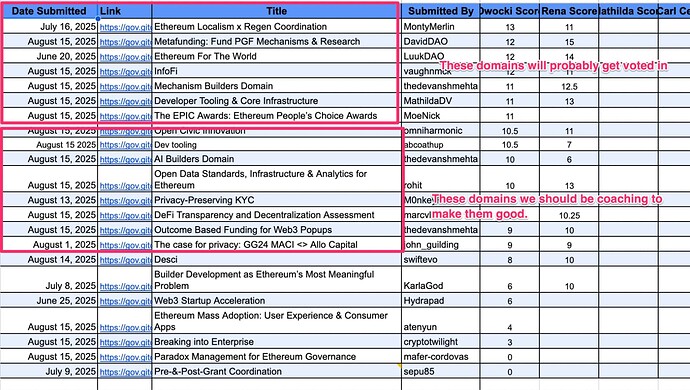TLDR: Public goods funding should be treated like living ecosystems, adaptive, resilient, yet dependent on constant support. Gitcoin can improve inclusion and adaptability by creating customizable allocation mechanisms, leveraging on-chain reputation, milestone-based streams, and AI-assisted historical analysis. Future funding could move beyond rounds, using neural network driven incentives and utility mechanisms for GTC tokens to foster participation and stronger consensus.
Take a look at nature: the fittest of the fit survive, adapt, and thrive (just like Gitcoin and Ethereum). If you want to see the fundamentals, most complex systems are found in nature (you’ve explored that before: Mycofi).
We need to build proper and genuine incentives with customizable allocation mechanisms, involving different stakeholders and curated by “experts” in guilds or fields of expertise, as gitcoin has done in the past.
We need an L2beat-style index for Gitcoin public goods projects to implement evolutionary Mycofi neural networks with on-chain reputation and infinite streams (like Superfluid streams) that vary according to milestones and shipping. With this approach, there will be more inclusion and adaptability in allocation, in my opinion. You could even create utility mechanisms for the GTC token with this, gaining more traction and activity. The stream could distribute fractions of GTC per milestone or per shipping apart of the pools per round. I imagined that there would be no rounds in upcoming gitcoin seasons.
I love the key changes, @MathildaDV ![]()
We also need a historical perspective of Gitcoin milestones on socials. For example, an AI agent could identify practices and past experiences to determine the best potential next steps using indicators such as metrics of participation and divulgation, and then assist in creating stronger consensus among the players of the game.
We need to start viewing allocation mechanisms in public goods funding as living organisms or ecosystems. They are complex living systems, like mycelium or rhizomes. They must constantly adapt, grow, and survive, yet they are inherently fragile. If they die, it is part of evolution, but they cannot thrive without a constant stream or pulse of energy or funding. They are both resilient and dependent, self-organizing yet reliant, and they evolve only as long as they are sustained.
Some documents of interest @owocki :
- Evolutionary game theory: cells as players
- Why Darwin would have loved evolutionary game theory
- Evolutionary game theory and human social structures
- Evolutionary games for cooperation in open data management
- Evolutionary game dynamics for higher-order interactions
- Evolutionary game-theoretical approaches for long-term strategic bidding among diverse stakeholders in large-scale and local power markets: Basic concept, modelling review, and future vision
